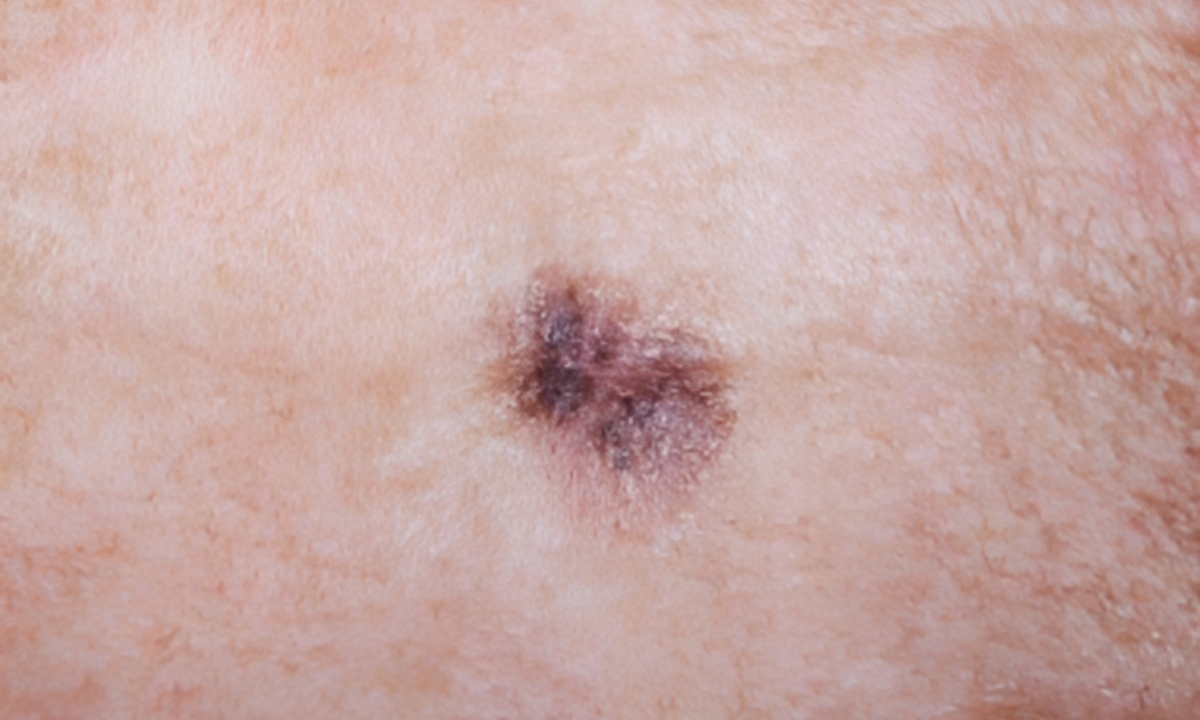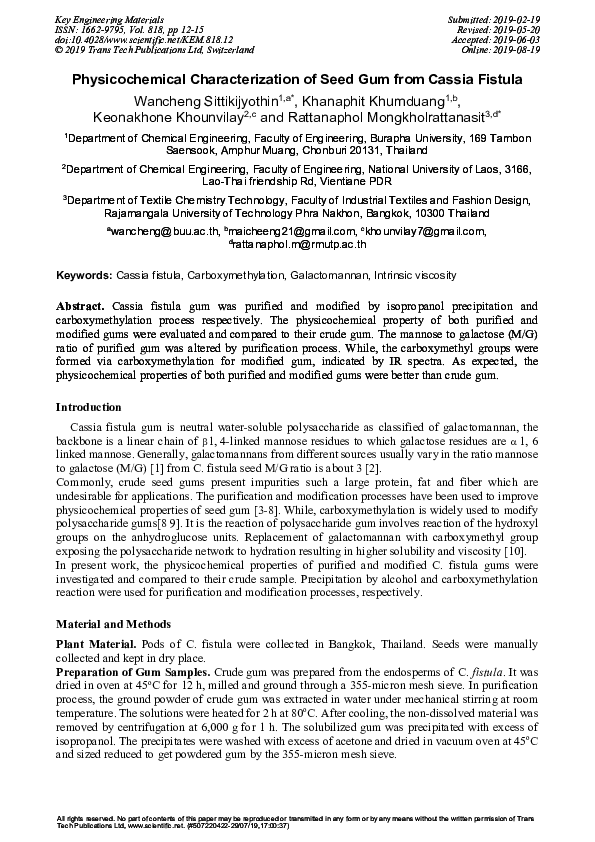Are Bones Stronger Than Teeth

The intriguing comparison between bones and teeth has sparked debate among scientists and the general public alike. At first glance, it may seem that bones, which make up the skeletal framework of our bodies, are naturally stronger than teeth, which are relatively small and seemingly fragile. However, the truth is more complex, and the answer depends on various factors, including the type of bone or tooth, the forces applied, and the context in which they function.
To better understand this comparison, let’s delve into the composition and structure of both bones and teeth. Bones are made of a dynamic, living tissue that consists of a protein-based matrix, minerals such as calcium and phosphorus, and various cells, including osteoblasts, osteoclasts, and osteocytes. This unique combination of organic and inorganic components gives bones their remarkable strength, flexibility, and ability to repair and remodel themselves throughout life.
Teeth, on the other hand, are composed of the hardest substance in the human body: enamel. Enamel is a highly mineralized, non-living tissue that covers the outer surface of the teeth, providing a protective barrier against decay, wear, and tear. Underneath the enamel lies the dentin, a softer, more porous tissue that contains nerve endings and is sensitive to temperature, pressure, and other stimuli. The combination of enamel and dentin gives teeth their characteristic hardness and resilience.
Now, let’s consider the strength of bones and teeth in different contexts. When it comes to compressive strength, which is the ability to withstand forces that push or squeeze, bones are generally stronger than teeth. The compressive strength of bone can range from 170 to 193 megapascals (MPa), depending on the type of bone and its location in the body. In contrast, the compressive strength of enamel is around 384 MPa, but this value can vary depending on the tooth and its condition.
However, when we look at tensile strength, which is the ability to withstand forces that pull or stretch, the situation is reversed. Teeth, particularly the enamel, have a higher tensile strength than bones. The tensile strength of enamel can reach up to 10 gigapascals (GPa), while the tensile strength of bone is typically around 100-150 MPa.
Another important factor to consider is the fracture toughness of bones and teeth. Fracture toughness refers to the ability of a material to resist cracking or breaking under stress. In this regard, teeth, especially the enamel, have a higher fracture toughness than bones. This means that teeth are more resistant to cracking or chipping than bones, which can be more prone to fractures, especially in situations where they are subjected to sudden, high-impact forces.
To further illustrate the complex relationship between bones and teeth, let’s examine some real-world examples. In the field of orthopedic surgery, bones are often subjected to various types of stress and strain, which can lead to fractures, osteoporosis, or other conditions. In contrast, teeth are designed to withstand the constant forces of biting, chewing, and grinding, which can lead to wear, decay, or other forms of damage.
In conclusion, the question of whether bones are stronger than teeth is not a simple one. The answer depends on various factors, including the type of bone or tooth, the forces applied, and the context in which they function. While bones have a higher compressive strength, teeth have a higher tensile strength and fracture toughness. Ultimately, both bones and teeth are remarkable structures that play critical roles in our overall health and well-being.
What is the primary component of bone that gives it strength and flexibility?
+The primary component of bone that gives it strength and flexibility is a dynamic, living tissue that consists of a protein-based matrix, minerals such as calcium and phosphorus, and various cells, including osteoblasts, osteoclasts, and osteocytes.
What is the hardest substance in the human body, and where is it found?
+The hardest substance in the human body is enamel, which is found on the outer surface of the teeth, providing a protective barrier against decay, wear, and tear.
What is the difference between compressive strength and tensile strength, and how do they relate to bones and teeth?
+Compressive strength refers to the ability to withstand forces that push or squeeze, while tensile strength refers to the ability to withstand forces that pull or stretch. Bones generally have a higher compressive strength than teeth, while teeth have a higher tensile strength than bones.
As we continue to explore the fascinating world of human biology, it becomes clear that the comparison between bones and teeth is just the beginning. By examining the intricate relationships between different structures and systems, we can gain a deeper appreciation for the remarkable complexity and adaptability of the human body. Whether we’re considering the strength and flexibility of bones, the hardness and resilience of teeth, or the intricate dance of forces and stresses that shape our bodies, we are constantly reminded of the awe-inspiring beauty and functionality of human biology.



